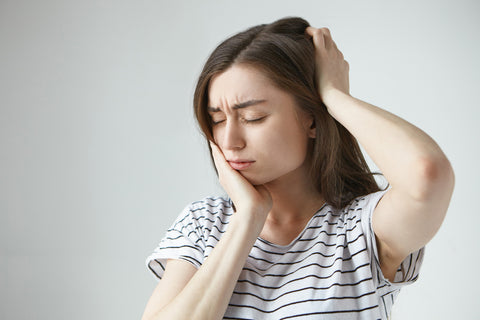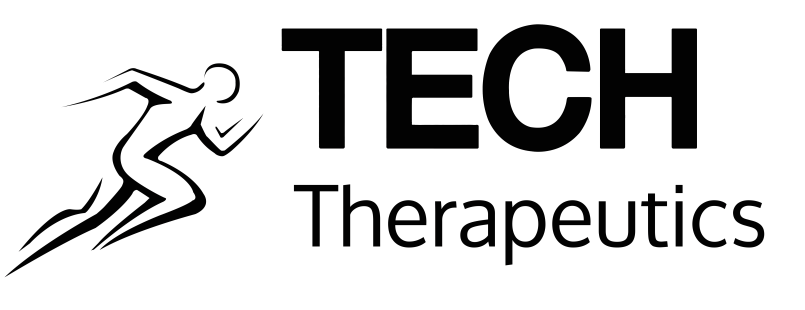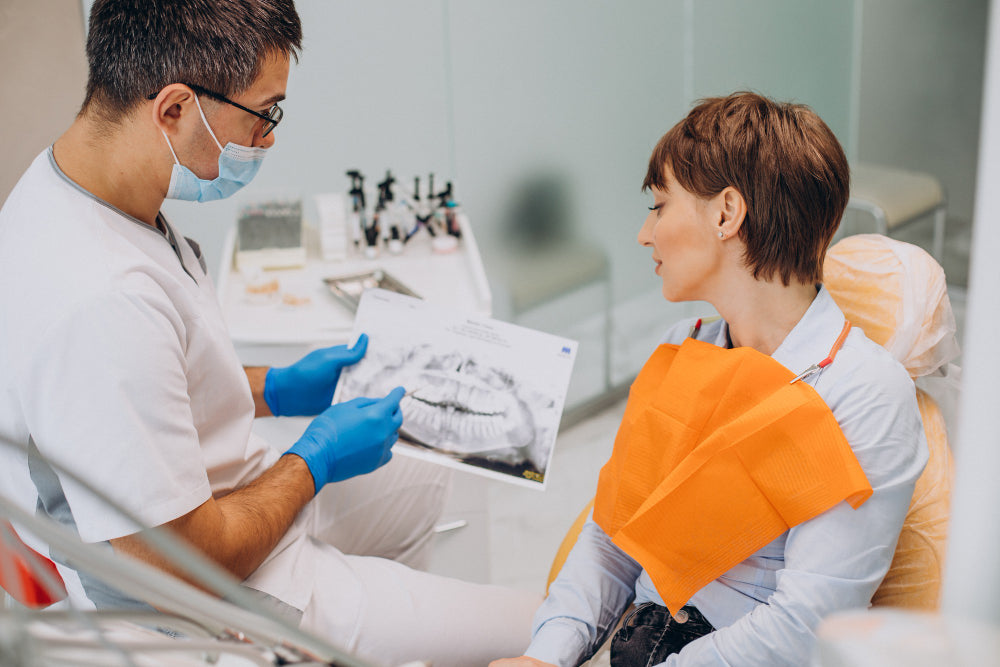Problems in the mouth such as malocclusion, bruxism, reverse chewing can also burden other areas of our body by increasing headaches, cervical and back problems and thus causing incorrect changes to our posture and to our entire skeletal muscle system.
We have analyzed this topic together with Dr. Guia Mattei, an expert dentist in Orthodontics.
Malocclusion and posture, how does it affect?
When the jaw is forced to assume an incorrect position, the muscles that support it show a tension that also extends to other muscle groups, therefore the whole body will go in search of a new balance.

What is meant by malocclusion?
It is an alteration of the physiological alignment of the dental arches
No malocclusion resolves itself, on the contrary: usually a vicious spiral is triggered which aggravates the disturbance and causes others!
They are divided into three types and it will be up to the dentist to establish the type and the causes that may have caused it.
It could be a genetic aspect such as the lack of one or more teeth (so-called edentulism), the wrong habits that mainly affect children (e.g. thumb sucking). In adults, the cause is very often found in bruxism, or in the presence of cavities that have not been treated correctly.
What causes malocclusion?
Depending on the type of malocclusion, there may be a forward or backward shift of the head, consequently a shift in the body's center of gravity forced to implement compensation mechanisms that affect the entire musculoskeletal system.
Correct posture makes it possible to use your efficiency potential to 100%. When, on the other hand, it is altered, the negative consequences can be:
- Myalgias;
- Balance disturbances;
- Scoliosis, kyphosis or lordosis (pathological changes to the normal alignment of the spine);
- Neck pain;
- Decrease in strength;
- Tension headache.
An honest dentist will inform you that the situation of your teeth can also permanently affect your posture if you don't intervene.
Symptoms of malocclusion
The symptoms related to malocclusion are numerous and different, let's see some of them in detail.
Neck pains
Neck pain is one of the many symptoms triggered by malocclusion and normally already represents a rather frequent problem in the adult range; this is because our predominant activities are characterized by little mobility and determine fixity of gaze.
Our Tech Therapeutics posture brace for men and women treats the upper and lower back by relieving pain, straighten the shoulders for an improvement in blood circulation and breathing, fights postural disorders such as kyphosis, lordosis, kyphoscoliosis and scapula winged. Includes magnetic therapy.
Neck pain caused by malocclusion is not the only symptom. In addition to neck pain (cervicalgia), those affected by this disorder experience headaches and headaches, toothache, ear and face pain, soreness of the jaw muscles, vertigo and tinnitus, bruxism, crunching, momentary blocks of the jaw.
Back pain
Often those who suffer from back pain focus on posture and sitting, but ignore one fact: back pain can also be the result of dental malocclusion, and vice versa. This is because the aforementioned can actually influence the postural habits of those who suffer from it, consequently causing much wider problems.
The correlation between dental health and back pain therefore becomes an element to always keep in mind: a problem that in any case can be solved by both the dentist and osteopaths. It is therefore a particularly hot topic, which requires to be investigated as much as possible.
Due to mandibular malocclusion, a shift in the center of gravity of the body can occur and thus back pain and hyperkyphosis can occur.
With the lumbar support band you will support your back pain that starts from the bottom, ideal for both sedentary life and for workers who are always on the move and also for sportsmen to support their movements.
Neck pain
It is caused by an alteration of the bone located just below the jaw, which in osteopathy is considered a 'balancing bone' between the jaw and the skeleton. If it loses its symmetry leaning more towards one side than the other, it creates imbalance resulting in an increase in muscle tone (hypertonicity) in the front part of the neck and in the muscles of the right or left side of the face with a consequent sense of pain.
Headache
The headache manifests itself in the form of a muscle tension headache, with strong tension in the temporomandibular joint (TMJ) that occurs after a meal or during sleep.
Eye problems
Eye problems can depend on the loss of symmetry of the hyoid bone with consequent lateralization and hypertonicity of the muscles of the right or left side of the face. This leads the person to have an altered eye focus.
How the dentist works

Rebalancing between teeth and posture depends on the underlying cause of malocclusions or TMJ disorders. Solutions such as bites, occlusal plates, implants and fillings, interceptive devices, dental extraction, surgery can be used.
Prevention is essential
To solve such complex problems you must be yourself who has to take responsibility for improving and maintaining your well-being over time!
It is necessary to underline the concept of postural hygiene, which must become a must in everyone's daily life. This foresees performing exercises, already from the first years of life, which allow to maintain a muscle tone as symmetrical as possible on both sides, reducing muscle tension as well as having an adequate education on hygiene and habits to protect the health of the mouth.

Another great advice that Dr. Guia gives us but is dictated by the guidelines of the Ministry of Health is to take action in prevention in children! The first visit to the dentist should be performed between the first year and a half / two of the child, this precisely to prevent malocclusion problems right away.
Did you like this article?
Subscribe to the newsletter and follow us on social networks!
You will be able to ask questions live to specialists in collaboration with Tech Therapeutics




